The manufacturing and metalworking industries are evolving rapidly, with cutting-edge tools driving higher productivity and precision. Among these essential tools, the horizontal metal cutting band saw stands out as a versatile, powerful, and indispensable asset. Known for its ability to deliver precise cuts across a variety of metal types, the horizontal metal cutting band saw is gaining widespread use across numerous industries, from automotive manufacturing to heavy machinery fabrication.
This article delves into the latest advancements in horizontal metal cutting band saw technology, exploring its key features, benefits, and growing applications. With the global push toward more efficient production methods, these machines are proving to be a key player in improving metal cutting processes and enhancing industrial output.
The horizontal metal cutting band saw has come a long way since its inception. Traditionally, band saws were used in woodworking, but over time, they evolved to meet the needs of metalworkers who required precision cutting of tougher materials. Early iterations were simple and manually operated, limiting their functionality. However, with the advent of CNC technology and advanced blade materials, today's horizontal band saws are highly automated, faster, and capable of cutting a wide range of metals, including steel, aluminum, and titanium.
The horizontal metal cutting band saw has emerged as a vital tool in modern manufacturing, combining precision and power in a single unit. Its horizontal blade orientation, which moves in a linear motion across the material, provides smoother and more consistent cuts compared to other cutting methods.
Several key features distinguish the modern horizontal metal cutting band saw from earlier versions, making it an essential component in metalworking facilities worldwide. Here are some of the latest technological advancements:
Modern horizontal metal cutting band saws are equipped with advanced automation features, including programmable control systems, automatic material feeding, and hydraulic tensioning. These features not only reduce manual labor but also improve the accuracy and repeatability of cuts. CNC-controlled band saws allow operators to program the machine for complex cutting patterns, enabling high-volume production with minimal supervision.
The development of advanced blade materials has significantly improved the performance of the horizontal metal cutting band saw. High-speed steel (HSS) and carbide-tipped blades are now commonly used, allowing for greater durability, precision, and cutting speed. These blades are designed to withstand the high temperatures and wear associated with cutting hard metals, resulting in longer blade life and reduced downtime for blade changes.
One of the standout features of the horizontal metal cutting band saw is its ability to cut at various angles. Many modern models come with adjustable mitering capabilities, allowing users to make cuts at precise angles, often ranging from 45 to 90 degrees. This versatility is particularly useful in industries like construction and automotive manufacturing, where complex geometries and custom cuts are frequently required.
While earlier models of horizontal band saws were limited to cutting smaller pieces of metal, today’s machines boast impressive cutting capacities. With the ability to handle large-diameter workpieces and thick metal bars, the horizontal metal cutting band saw has become a go-to solution for heavy-duty industrial applications. This high cutting capacity ensures that even the challenging jobs can be completed with ease.
As industries prioritize sustainability, the horizontal metal cutting band saw has seen improvements in energy efficiency. Modern saws are designed with low-energy motors, optimized hydraulic systems, and precise controls that reduce power consumption without sacrificing performance. This is particularly beneficial in large-scale manufacturing settings, where energy costs can be a significant factor in overall operational expenses.



 english
english Русский
Русский Español
Español Русский
Русский
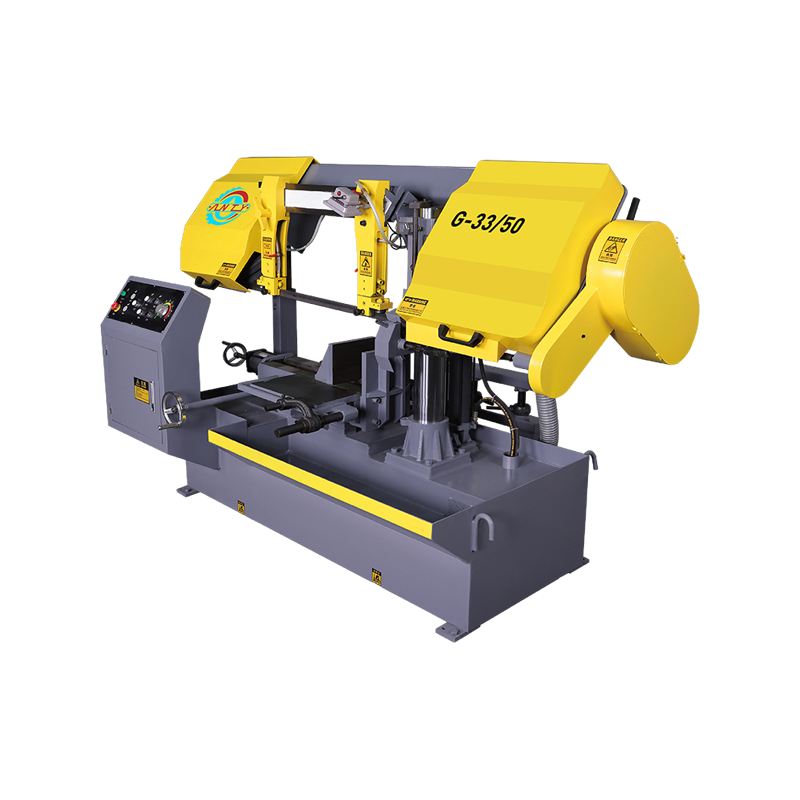
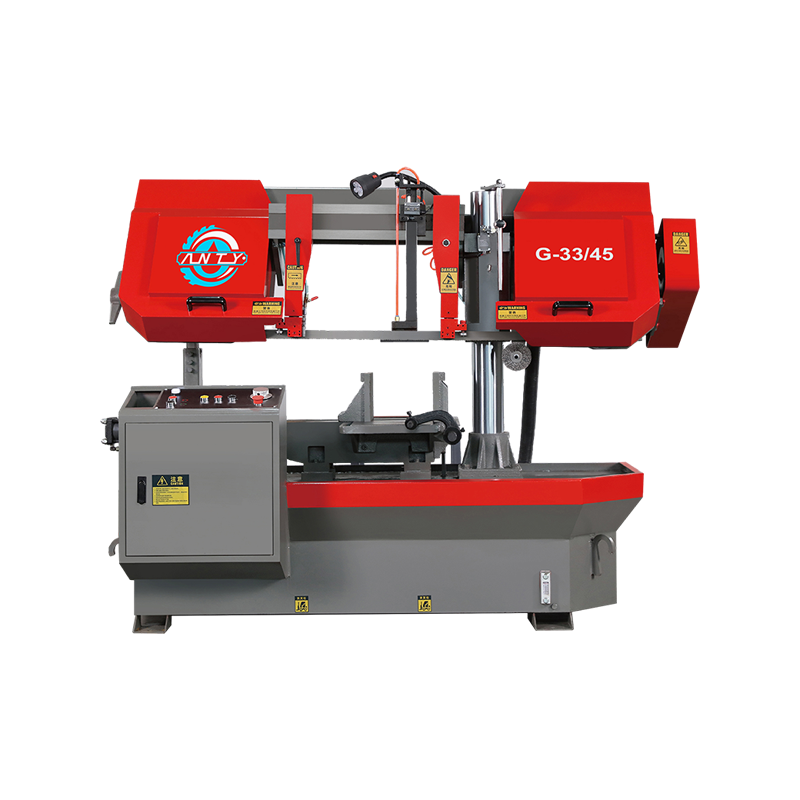
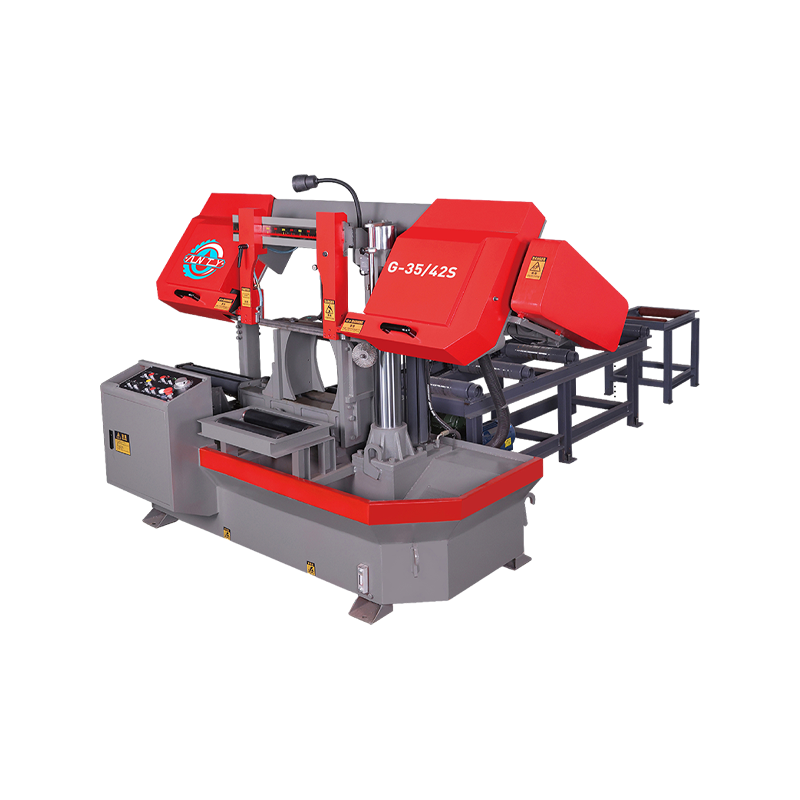
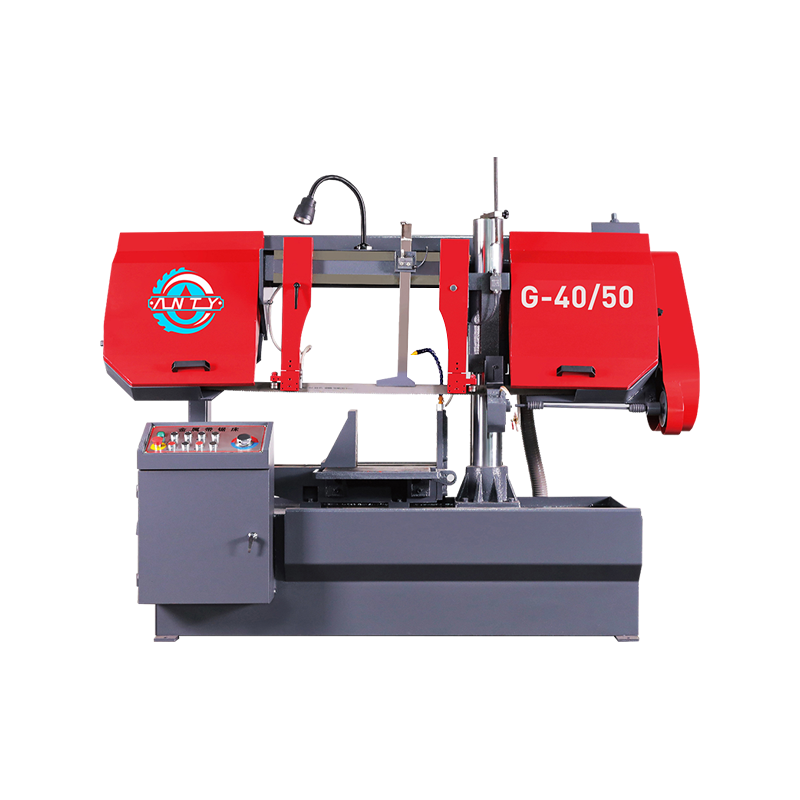
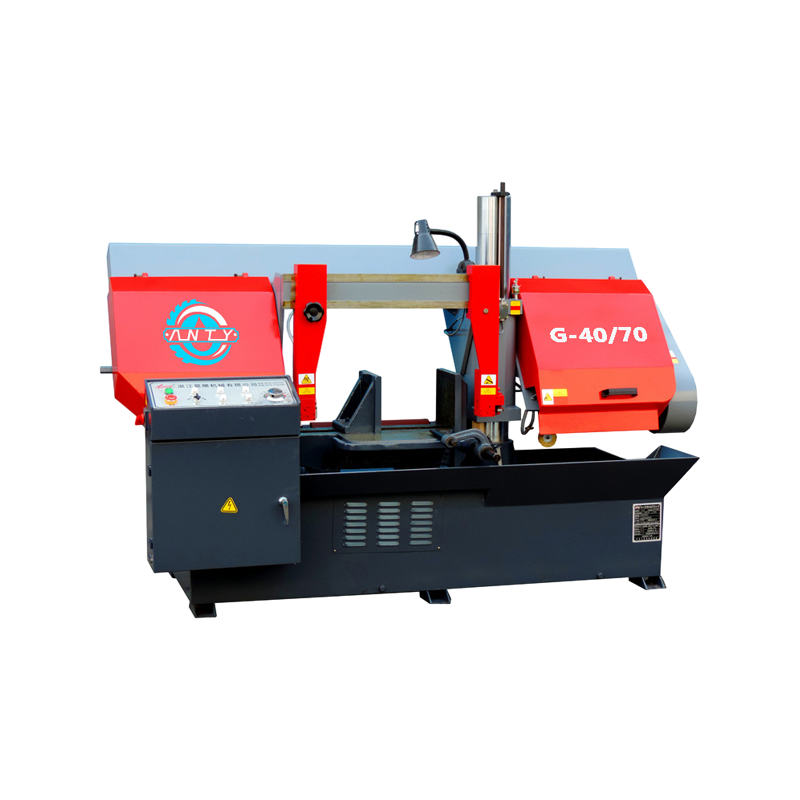
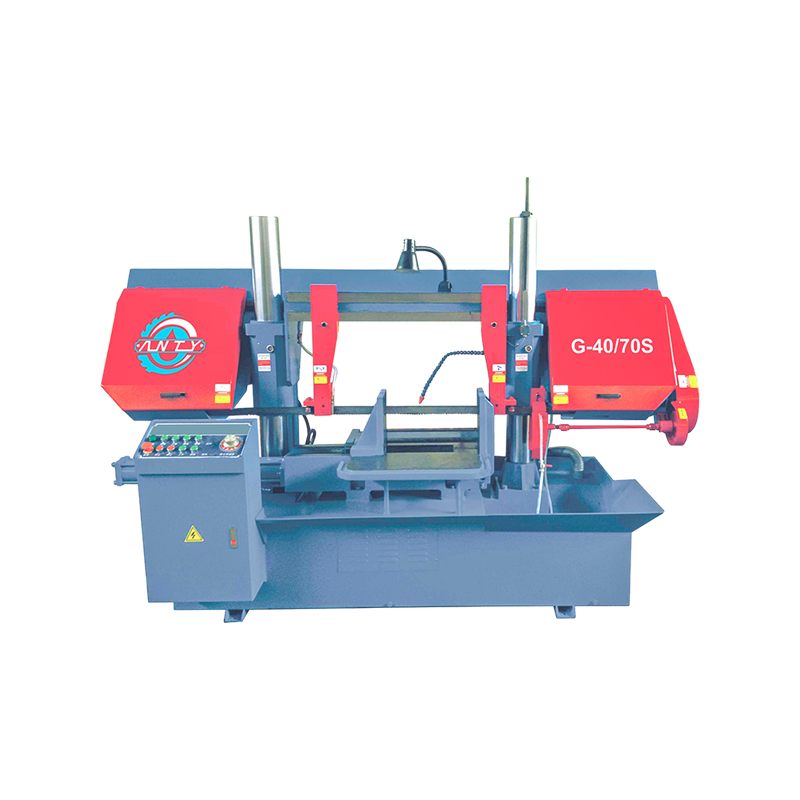
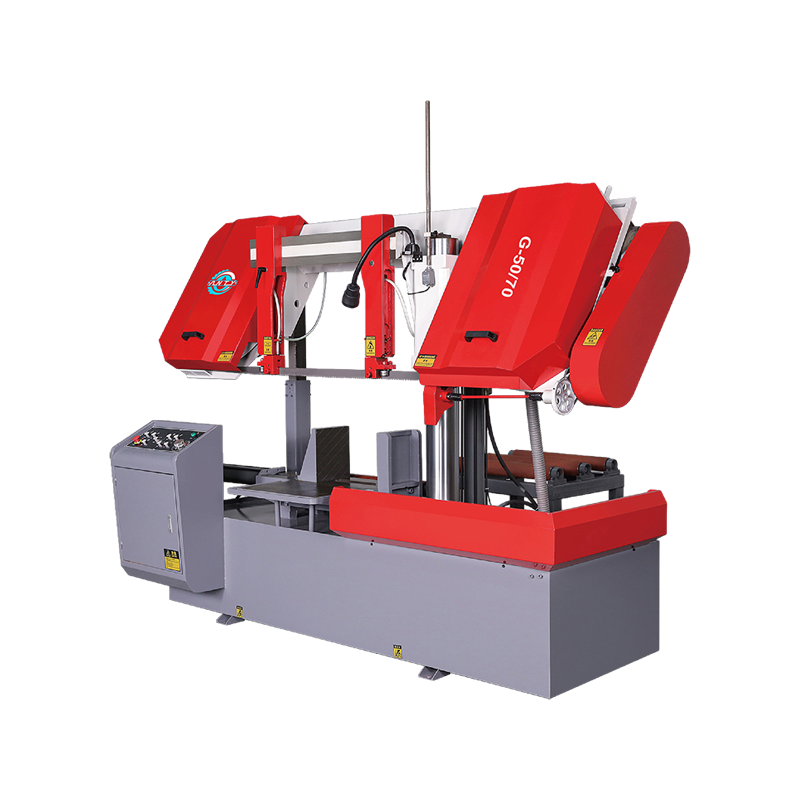
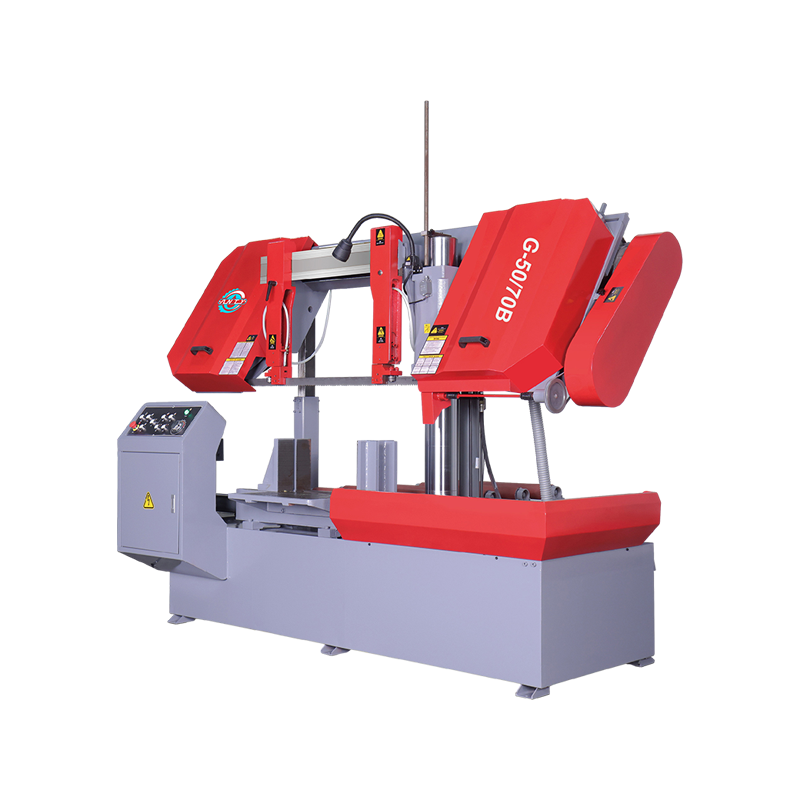
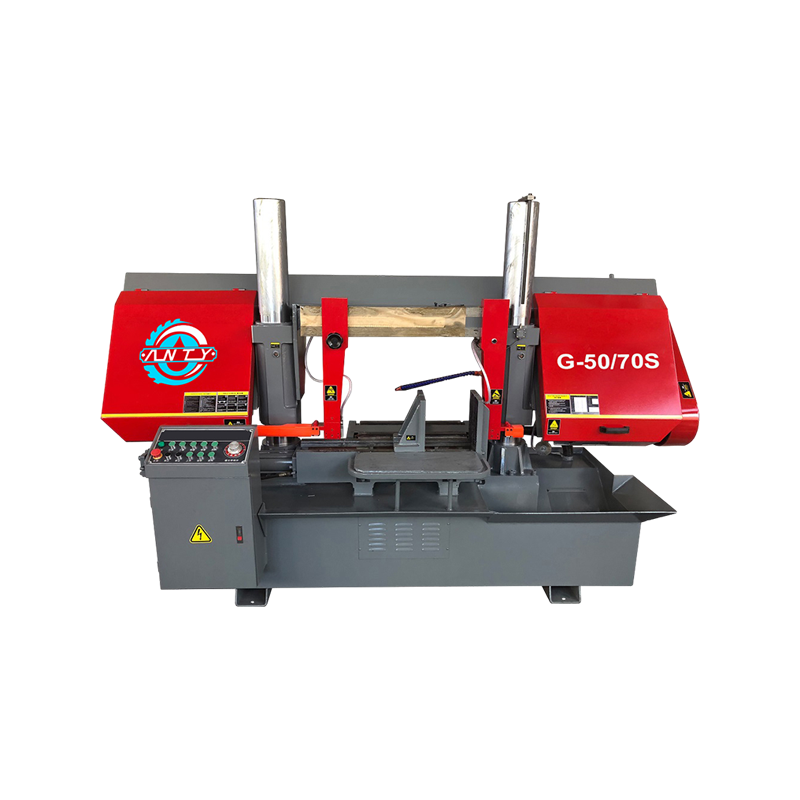
 CONTACT US
CONTACT US